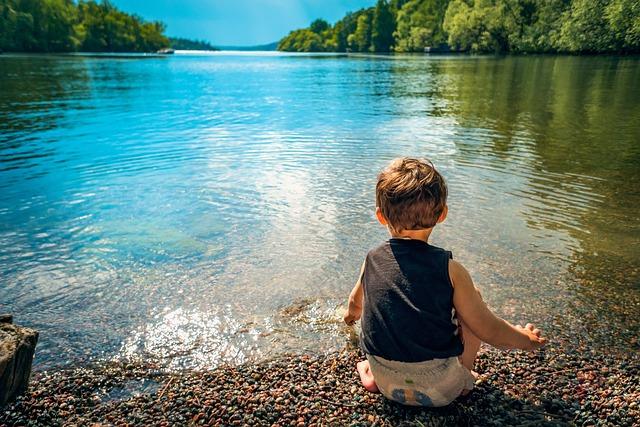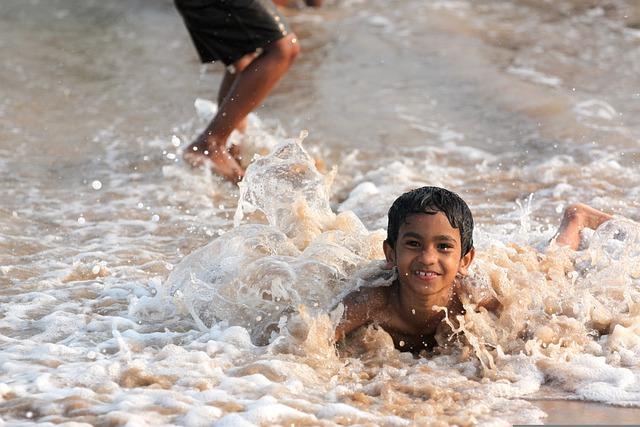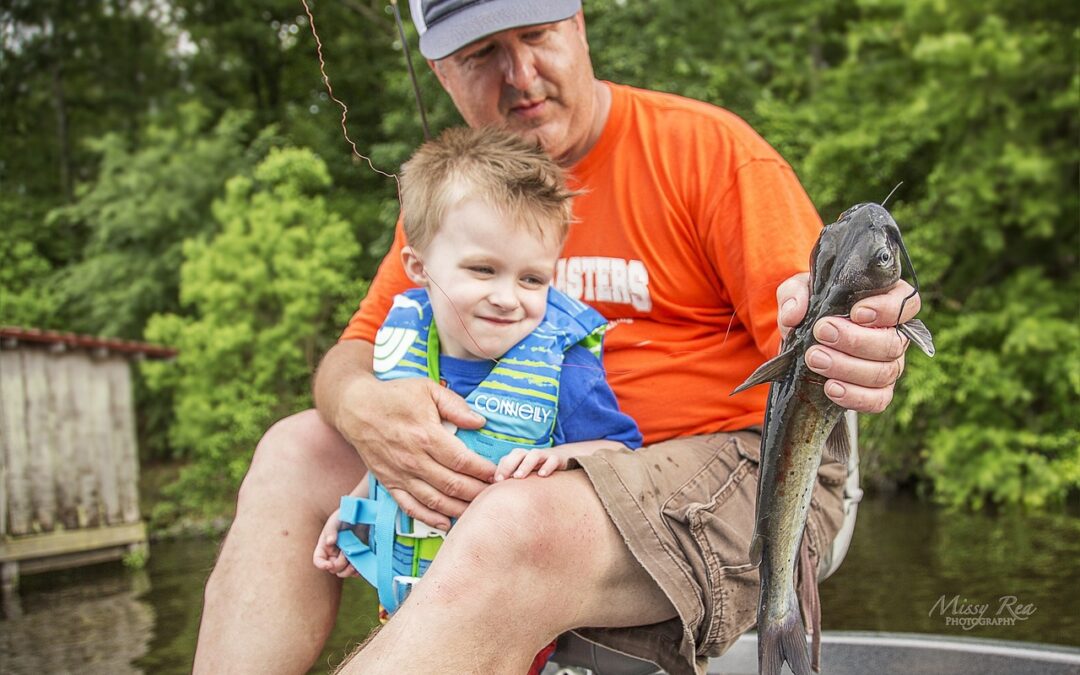Protecting the Kids
There are so many people who grew up spending their summers at Dale Hollow Lake. We love not only welcoming you back as adults but welcoming your kids to the fun of a summer on the water.
Just like your folks taught you to fish, swim and maybe even ski, you are passing that love of the water to your kids.
You parents (and grandparents) also taught you a lot about water and boating safety.
To help you pass that to your kids, we have found resources from the US Corps of Engineers to make safety a priority for your kids as they experience a season at the lake!

While it takes an adult 60 seconds on average to drown, children take only about 20 second. Children should always be in life jackets designed for their weight and size.
Download Coloring Pages on Water Safety

Bobber The Water Safety Dog
Bobber’s Life Jacket
Swim with a Friend
Know What to Do in an Emergency
If a child is missing, check the water first. Seconds count in preventing death or disability.
Know how and when to call 9-1-1 or the local emergency number.
If you own a home pool or hot tub, have appropriate equipment, such as reaching or throwing equipment, a cell phone, life jackets and a first aid kit.
Enroll in Red Cross water safety, first aid and CPR/AED courses to learn how to prevent and respond to emergencies.
Maintain Constant Supervision
Actively supervise kids whenever around the water—even if lifeguards are present. Never drop your kids off at the public pool or leave them at the beach—designate a responsible adult to supervise.
Always stay within arm’s reach of young children and avoid distractions when supervising children around water.

Plan Your Swim
Always swim with a buddy; do not allow anyone to swim alone. Even at a public pool or a lifeguarded beach, use the buddy system! Make sure that you are swimming in a designated area that has been cleared for swimmers and is secure from boats and other watercraft.
Ensure that everyone in the family learns to swim well. Enroll in age-appropriate American Red Cross water orientation and Learn-to-Swim courses.
Never leave a young child unattended near water and do not trust a child’s life to another child; teach children to always ask permission to go near water.
Have young children or inexperienced swimmers wear U.S. Coast Guard-approved life jackets around water, but do not rely on life jackets alone.
Establish rules for your family and enforce them without fail. For example, set limits based on each person’s ability, do not let anyone play around drains and suction fittings, and do not allow swimmers to hyperventilate before swimming under water or have breath-holding contests.
Even if you do not plan on swimming, be cautious around natural bodies of water like ocean shoreline, rivers and lakes. Cold temperatures, currents and underwater hazards can make a fall into these bodies of water dangerous.
If you go boating, wear a life jacket! Most boating fatalities occur from drowning.
Avoid alcohol use. Alcohol impairs judgment, balance and coordination; affects swimming and diving skills; and reduces the body’s ability to stay warm.

Prevent Unsupervised Access to the Water
Install and use barriers around your home pool or hot tub. Pool alarms should be added to provide additional layers of protection.
Pool gates and fencing should comply with your local codes, but minimally be at least 4-feet high with gates that are self-closing, self-latching and open outward, and away from the pool. The latch should be high enough to be out of a small child’s reach. The fencing should completely encircle the water.
Remove access ladders and secure the safety cover whenever the pool is not in use, especially for above ground pools.
Remove any structures that provide access to the pool, such as outdoor furniture, climbable trees, decorative walls and playground equipment.
Toys attract kids to the water. Keep toys that are not in use away from the water and out of sight.

